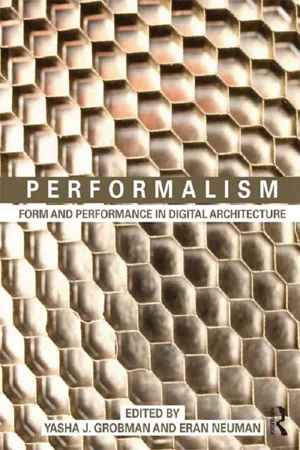
Performalism
Form and Performance in Digital Architecture
- 210 pages
- English
- ePUB (mobile friendly)
- Available on iOS & Android
About this book
Today, with the advent of digital media technologies and the ability to conceptualize, express and produce complex forms using digital means, the question of the status of the architectural form is once again under consideration. Indeed, the computer liberated architecture from the tyranny of the right angle and enabled the design and production of non-standard buildings, based on irregular geometry.
Yet, the questions concerning the method of form expression in contemporary architecture, and its meaning, remain very much open. Performalism takes up this discussion, defines it and presents changes in form conception in architecture, followed by their repercussions.
The book is supported by a wealth of case studies from some of the top firms across the globe and contributed to by some of the top names in this field. With a unique and insightful emphasis on professional practice this is essential reading for all architects, aspiring and practicing.
Frequently asked questions
- Essential is ideal for learners and professionals who enjoy exploring a wide range of subjects. Access the Essential Library with 800,000+ trusted titles and best-sellers across business, personal growth, and the humanities. Includes unlimited reading time and Standard Read Aloud voice.
- Complete: Perfect for advanced learners and researchers needing full, unrestricted access. Unlock 1.4M+ books across hundreds of subjects, including academic and specialized titles. The Complete Plan also includes advanced features like Premium Read Aloud and Research Assistant.
Please note we cannot support devices running on iOS 13 and Android 7 or earlier. Learn more about using the app.
Information
THE ARCHITECTURAL PROJECTS
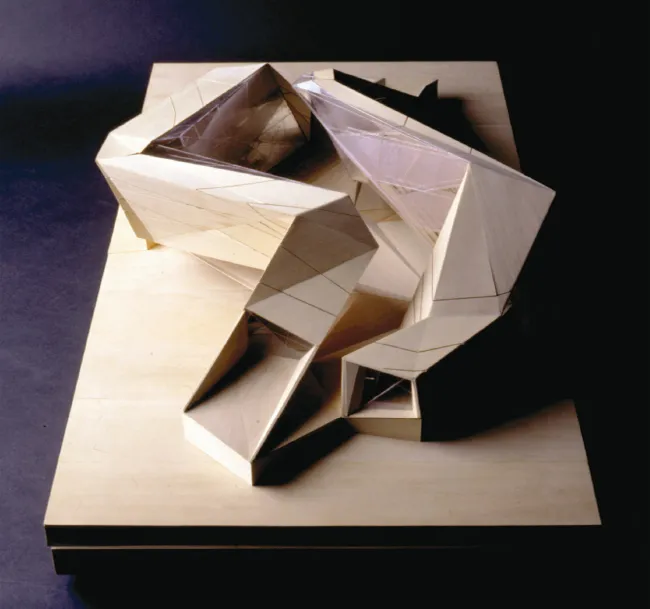
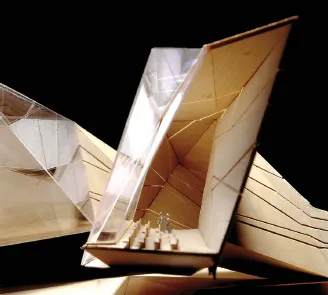
CHAPTER TEN
Eisenman Architects


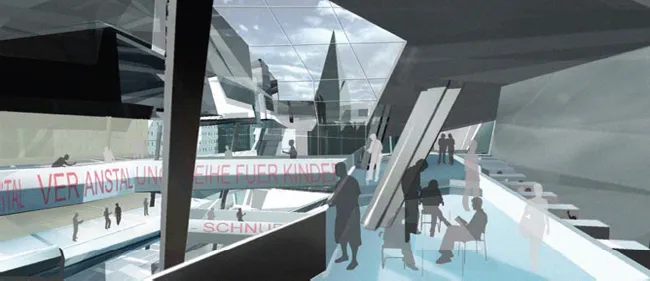
There is no better place to signal and symbolize the paradigm shift of the first digital age than in a library, because its cultural program records the movement from the machine age to the digital age. The Domplatz Hamburg library also records the passage of time and archaeology of Hamburg in its structuring system, which is developed from the mapping of the columnar organizations of the St. Petri and St. Marien churches and their projection on the Domplatz site. This produced a misalignment, which created an internal vortex of energy that allows for a central public passage through the building and skews the structural grid from this center outward, so that the columns no longer look like structure.
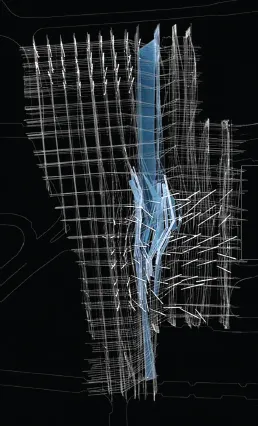
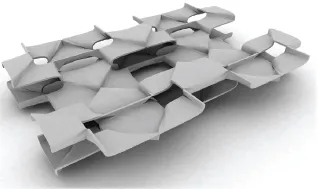
The proposal for the Sheikh Zayed National Museum denies the homology of the plan for a new attitude toward section. Using the shifting patterns of the arabesque, a complex yet repetitive geometric form with characteristics similar to the natural forms of the shifting desert landscape, this single-surface design holds many sectional possibilities, not just a single plan layer. Using contemporary modeling technologies and three different arabesque patterns, a formal system that responds to its unique site conditions was produced. The system is self-generating and free from the conventional aspirations of the plan as a basis for building.
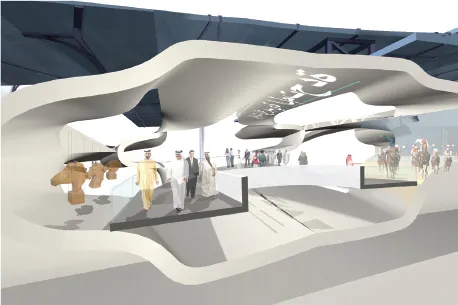
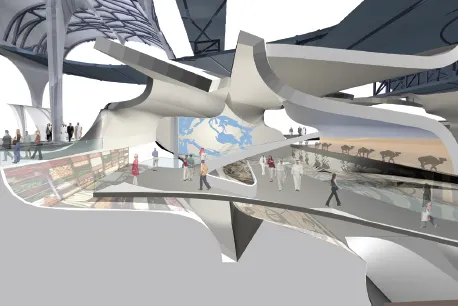

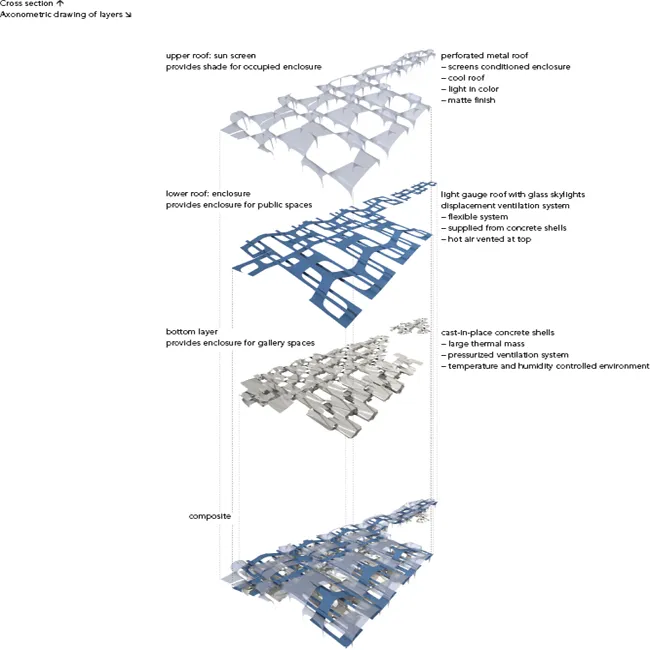


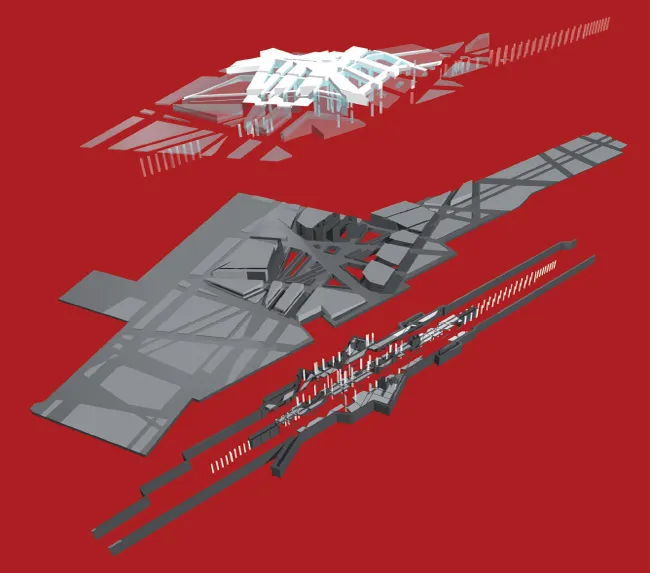
Santuario Station, in central Pompeii, is one of two new railroad stations for arrivals and departures that flank the decumanus of the excavated ancient city. The new station is an extension of an urban concept developed from a reading of ancient Pompeii as a three-part city: an early foundation, later development, and an in-between condition; between the regular grid of the Roman city and the irregular pre-Roman city, an interstitial zone exhibits characteristics of both. Built in dark volcanic stone and white concrete, and roofed partly with a translucent fabric that will allow a white, natural light to penetrate the interior, Santuario Station emerges from the new landscape, stitching together the two conditions of the modern city and connecting the ancient city wi...
Table of contents
- Front Cover
- Half Title
- Title Page
- Copyright
- CONTENTS
- Contributors
- THEORY AND ESSAYS
- THE ARCHITECTURAL PROJECTS
- Project credits
- Illustration credits
- Index